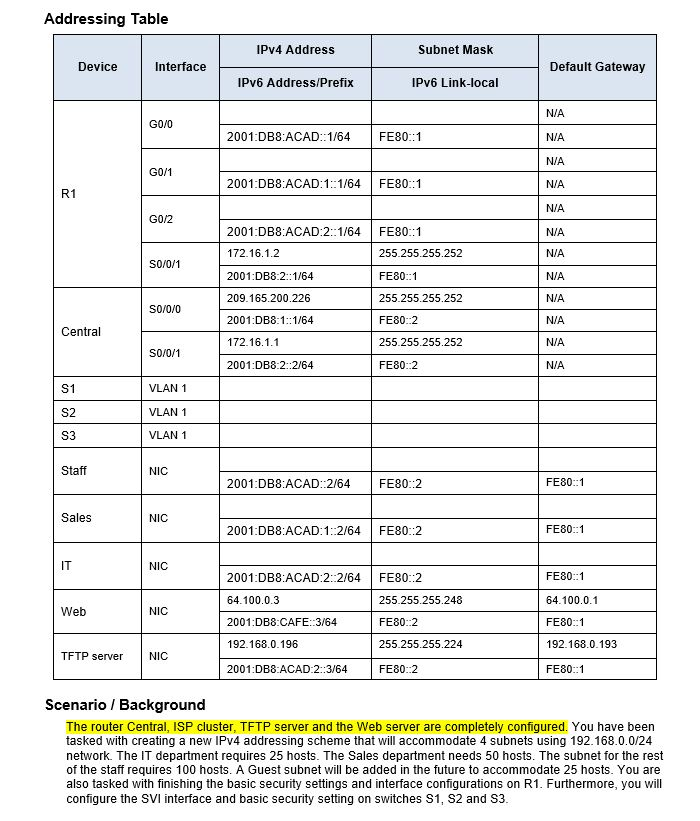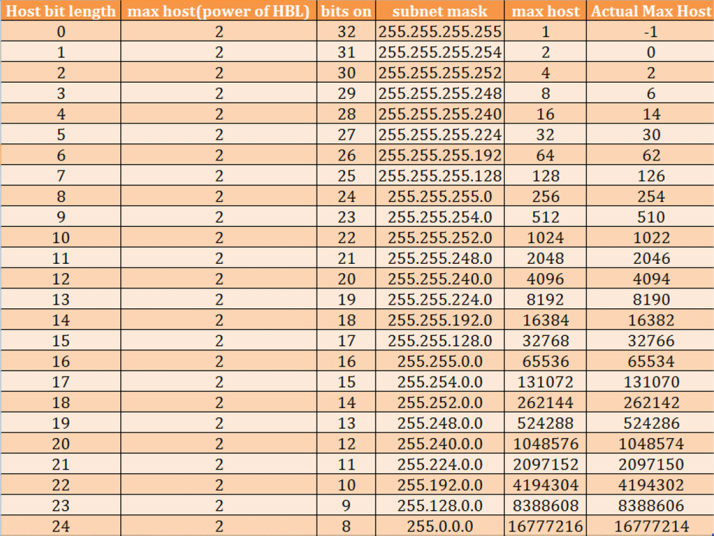

The router then proceeds through the following router lookup process. When an IPv6 packet arrives on a router interface, the router examines the IPv6 header and identifies the destination IPv6 address.

What is meant by the router must find the best match in the routing table? Best match is equal to the longest match.įor there to be a match between the destination IPv4 address of a packet and a route in the routing table, a minimum number of far left bits must match between the IPv4 address of the packet and the route in the routing table. A recursive lookup is performed on the next-hop IP address until the route is resolved to an exit interface. The topology displayed in Figure 3-50 is used as the reference topology for this section.Ī route referencing only a next-hop IP address and not an exit interface must be resolved to a route with an exit interface. This section examines these two types of routing table entries. Parts of an IPv4 Route Entry (3.5.1)Ī routing table consists of directly connected networks and routes learned statically or dynamically.
#Ipv6 subnet mask table how to
Knowing how to step through the lookup process of a destination IP address for a packet will enable you to determine whether the packet is being forwarded as expected, if and why the packet is being sent elsewhere, or whether the packet has been discarded. For example, you might encounter a situation in which the routing table has all of the routes you would expect to see, but packet forwarding is not performing as expected. Understanding the structure and lookup process of the routing table will help you diagnose any routing table issue, regardless of your level of familiarity with a particular routing protocol.


As a network administrator, it is important to know the routing table in depth when troubleshooting network issues.


 0 kommentar(er)
0 kommentar(er)
